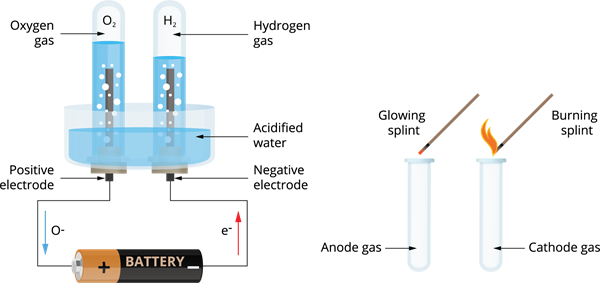
PUMPA - SMART LEARNING
எங்கள் ஆசிரியர்களுடன் 1-ஆன்-1 ஆலோசனை நேரத்தைப் பெறுங்கள். டாப்பர் ஆவதற்கு நாங்கள் பயிற்சி அளிப்போம்
Book Free DemoIt is a well-known fact that without water, there would be no life on Earth. We, like all other living things, require water to survive.
Water is required for daily activities such as cooking, washing, and cleaning. However, water resources are limited due to rising demand from the growing population and changing lifestyles. There is also a decrease in water supply due to contamination of water sources and climate change, which adds to increased rainfall variability. Since we all rely on water for survival, everyone is responsible for saving it. In this lesson, we will study about sources of water, qualities, uses and water pollution and treatment methods.
Water composition
Water covers three-fourth of the Earth's surface. On the surface of the Earth, water is found in the following composition:
| Oceans | \(97.25\)% |
| Polar icecaps and glaciers | \(2.05\)% |
Remaining \(0.7\)% - Lakes, rivers and aquifers - groundwater
Water exists in three states, solid, liquid and gas. The chemical name of water is Dihydrogen monoxide (\(H_2O\)). It is a chemically stable compound.
Electrolysis of water
Water can be broken up into hydrogen (\(H_2\)) and oxygen (\(O_2\)) by passing an electrical current through it. This process is known as the Electrolysis of water.
The following objects are required for this experiment:
- Glass beaker
- Two carbon electrodes
- Water
- Two test tubes
Experiment set up:
In this experiment, a glass beaker containing two carbon electrodes is filled to one-third of its volume with water. The positive carbon electrode acts as an anode, while the negative carbon electrode acts as a cathode. Two test tubes are kept on the electrodes, as shown below:

Electrolysis of water
The electrodes are linked to a battery, and current is passed through them until the test tubes are completely filled with the desired gas. When the extinguished splint is brought near the mouth of the test tube, the gas in the cathode side burns with a popping sound. This property is commonly shown by hydrogen gas; therefore, the gas inside the test tube is proved to be hydrogen. The flaming splint at the anode side burns brighter, indicating that the gas is oxygen. This experiment confirms that water is made up of hydrogen and oxygen.
Reaction:
The hydrogen and oxygen ratio is \(2:1\). As a result, one volume of oxygen is collected at the anode for every two volumes of hydrogen collected at the cathode.